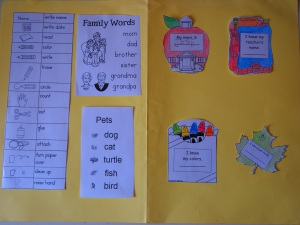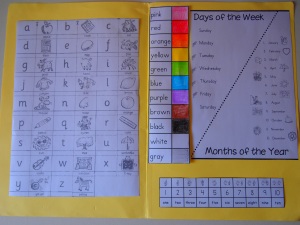What is a pocket chart?
A pocket chart is a clever way to display letters, words, sentences as well as pictures and other items. It contains pockets where the cards can be placed and it’s an easy way to make a portable and interactive display.
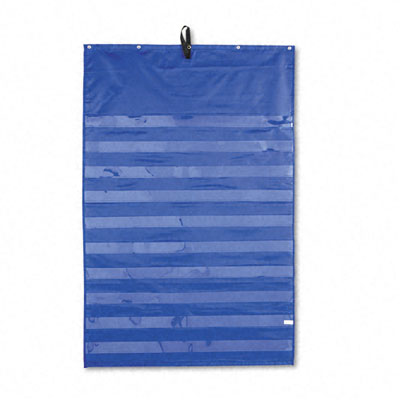
How can I get one?
They seem to be fairly common in many schools and among teachers, but to be honest it doesn’t seem to be so popular here in Spain. I saw one for the first time last year when I received a second-hand one as a present. I find them extremely useful for any class, any subject and a must-have tool for a language class and I’m surprised that EFL books don’t come with one in their course packs.
Basically you can either buy one or make your own by laminating a big piece of colored cardboard. Then, stick strips of clear plastic from one side to the other, making the pockets with them.
How can I use it?
It has hundreds of possibilities in the English class. From being a portable word display to becoming an interactive board for children to learn about phonics, letters, words and so on.
Some activities:
- Alphabet chart (Letter level)
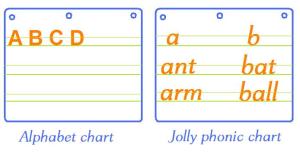 Have one or more students place the alphabet cards in order. This activity can be done while singing the alphabet song or listening to alphabet stories such as: ABC, by Dr Seuss or Chicka, chicka, boom, boom, by Bill Martin jr.
Have one or more students place the alphabet cards in order. This activity can be done while singing the alphabet song or listening to alphabet stories such as: ABC, by Dr Seuss or Chicka, chicka, boom, boom, by Bill Martin jr.
Place some letters on top. Students then have to place words underneath starting with that letter.
Use it with Jolly Phonics. Place the sound and the words in the jolly phonic jingle.
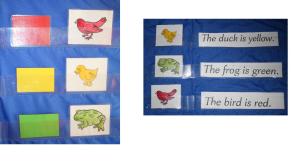 Matching (Word and sentence level)
Matching (Word and sentence level)
Have students match two pictures. Ex. color and animal.
Have students match a picture and the word. Ex. frog and picture of a frog.
Reading comprehension: match sentence and picture. Ex. The bird is red and the picture of the bird.
- Sequencing (sentence and text level)
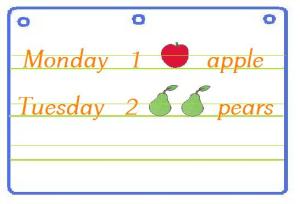 Start the session by placing the date and the weather cards at the top of the chart.
Start the session by placing the date and the weather cards at the top of the chart.
You can sequence: months, days of the week, colors of the rainbow and so on.
You can sequence a story. Ex. brown bear, red bird, yellow duck and so on (from Brown bear, brown bear, what do you see?, Bill Martin jr.)
Ex. Monday 1 apple, Tuesday 2 pears and so on (from The very hungry caterpillar, Eric Carle) Continue reading



